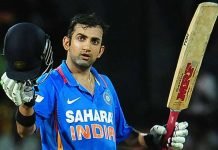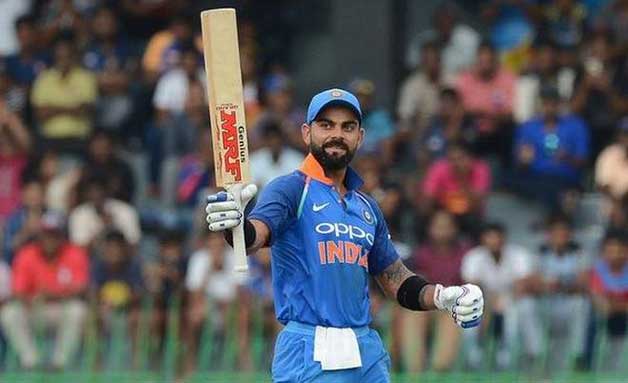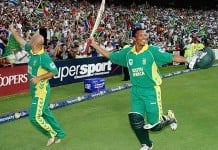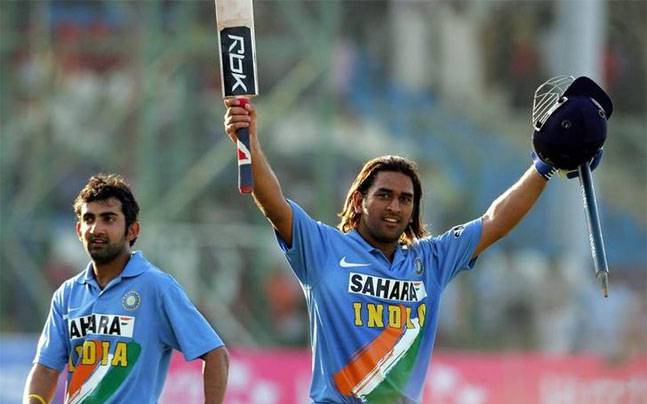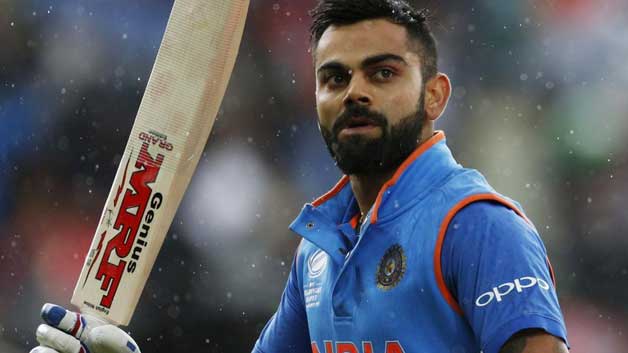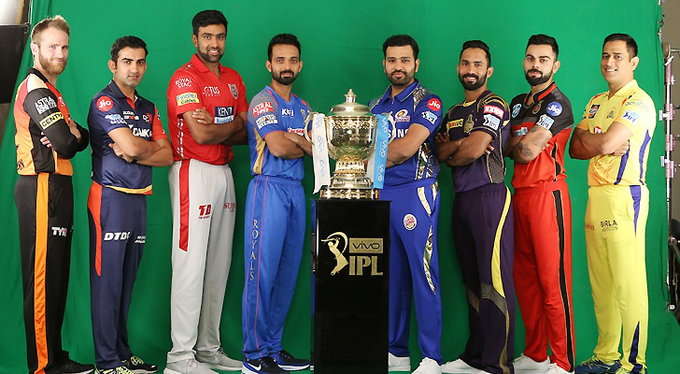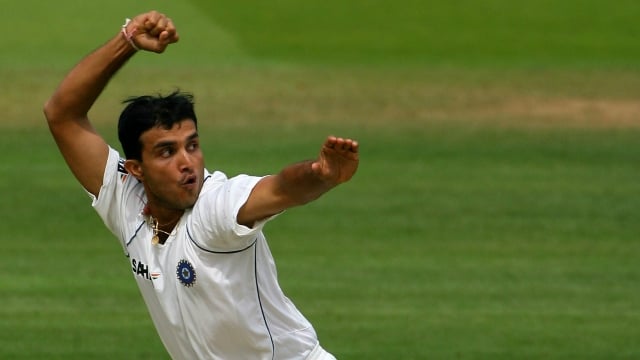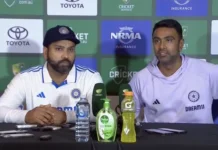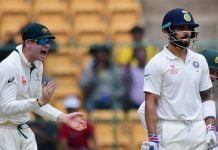Australia Tour of India 2013 : Umpiring Faults and the UDRS Issue
So let’s get this straight, why is an article about a one-sided test series already wrapped up, so important? The fact is that the series at times especially (well mostly) the third test has seen some questionable decisions taken by the umpires. The umpires by no means are at fault, after all they are just human. Even replays and referrals by the Third Umpire can cause issues. First let’s explore the issues of umpiring during this series.
Wrong Decisions : Umpiring Faults and the UDRS Issue
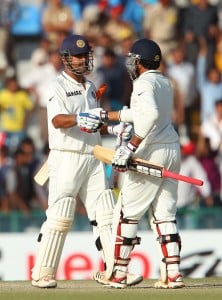 Most of these were during the third test of this tour. What some would call the penultimate match in deciding the series, at least for Australia to reclaim a draw of 2-2.
Most of these were during the third test of this tour. What some would call the penultimate match in deciding the series, at least for Australia to reclaim a draw of 2-2.
On the first day of the first test in Chennai, Michael Clarke on a building 39 would go on to edge the ball to the fielder at short leg. Unfortunately this would be a decision ruled as not out, a thick edge clearly unseen by ICC Best Umpire Award winner Kumar Dharmasena.
Phillip Hughes riding on a comeback 69 would unfortunately fall to the umpiring mistakes, Ashwin’s delivery hit him on the thigh pad but would have gone on to miss the stump during the third test. Instead Hughes was given the out signal. Another mistake caused during the final day of the third test. Michael Clarke was out for the fifth time in the series to Ravindra Jadeja, after some lengthy discussion it seemed a tight call favored (what looked like a no ball) Jadeja, earning him the scalp.
When you compare this to the larger nature of the game, they mean nothing but such decisions can be rectified. After all players, officials and viewers alike waste time with shoddy decisions and third umpire referrals not to mention the amount of field changes, sledging etc. then why not use more time productively in getting the accurate results. These accurate results can be attained through technology. Technology such as the highly debated UDRS (Umpire Decision Review System).
What is the UDRS?
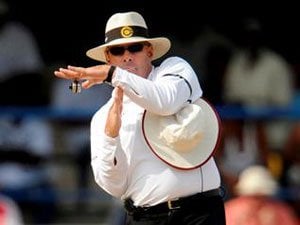
First let me note, before this article I would have simply stated the UDRS system should be implemented, having no interest in the technical aspect of cricket. But through some research I have found my perspective questioned, that is why I will detail in my own understanding the pros and cons to this system. First let us define the UDRS.
Coming into implementation on Pakistan’s tour of New Zealand in 2009. This is a technological aspect in the game of cricket where a team is allowed two chances against reviewing an Umpires decision for each innings throughout the game. The referral is only used up if the decision is changed. It is made up of two vital components which allow for accurate decision to be made in the sport, when Umpire decisions are questionable. These two components are:
Hawk-eye: No not the man with the bow and arrows from The Avengers, but a technology which is able to virtually create the trajectory path of a delivered ball after it is hit by the batsman’s pad. This allows to visualize the height and point at which the ball would hit (or not hit) the stumps. It makes LBW calls a lot easier.
Hot Spot: The use of infra-red to accurately place the spot at which the ball hits either bat or pad. It can be useful in deciding whether a catch occurred from the ball hitting the bat or not. This is called when a batsman is most likely playing a shot in an uncomfortable position causing confusion between where the ball hit. Previously Snickometer would be viable in deciding this using sound based technology to find the noise of the ball hitting the pad or bat, but it would have been unreliable at times due to undetectable shots.
There are other small components such as slo-mo visuals in clearly depicting the nature that prompted the on-field umpire decision. Also smaller communication and video tools to sync the Third and on-field umpires.
The fielding captain or playing batsman can invoke this chance by signalling with a hand made T. While normal line call and unknown catches, stumpings, run-outs are signalled by the umpires to the Third umpire. These calls can be taken if the on field umpire has made his final decision, mostly they are efficient for LBW or catching mistakes. The technical aspect is quite complicated but put simply if the referral is made, the third umpire gets to review the call. Here after analysis they can decide to accept the original call, change it or complicated to decide. In any case the final call ends on the same on-field umpire, with an inconclusive call the umpires original call stands. Thus this means that the Third Umpire can only change a referral if the analysis is crystal clear.
This brings us to the pros and cons of the system.
Pros :
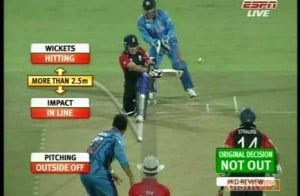
Obviously technology is much more accurate than humans. This means that the UDRS system can easily rectify any marginally bad calls made by the on-field umpire. It strengthens the fairness of the game.
Provides more confidence to Umpires. Not all the work and tension of causing mistakes rests on their shoulders, with the back up of UDRS Umpires can feel a lot more safer and calmer in their decisions. In this way the atmosphere actually enhances their performance and gets them to make the better decisions (without using the system). Kind of like a psychological advantage.
Playing atmosphere benefits, as with the calm of the umpire there is the calm of players. Outbursts can be statistically dropped as the system would prevent bowlers or batsmen from having problems with the umpires decision, since they can use UDRS to overturn it (if they are in the right).
To counteract the referral being overturned only once perfectly clear, the referral is only used up if the decision is overturned. Thus this still leaves the game fair and prevents any time wastage by captain and player when deciding if or if not to take the referral. Since if they are wrong there will be no implications, but if they are right they might get a wicket or be not out.
Cons :
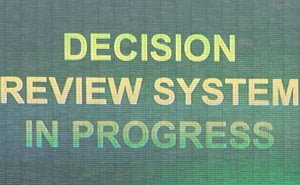
Now we come to its problems. First off it is outright expensive to shoulder, it runs at a whopping $60,000 per test match. While affordable for the likes of the Australian, English and Indian boards it cannot be feasible for the Bangladesh board. The fact was pointed out by BCCI vice-chairman Niranjan Shah who also explains its unreliability. For the amount of money its worth, the system then should be implemented through the game not just for two chances.
To counteract the decision being correct and thus saving a referral. Decisions can only be overturned if clear, the system should allow for anomalies to be far analyzed or the benefit of doubt given by a united decision between the Third and on field umpire.
UDRS undermines the role of on-field umpires and is a step in virtually making them obsolete. While this in the future may increase accuracy, technology dependance can be bad if it ever crashes on match day. Even without Umpires there is no human instinct or control to the decision making aspect of the game.
The use depends on the Boards playing the match not ICC. Hawk-eye can be used for referrals but it is much more outdated and commercially viable in confirming technical aspects to the TV audience. Virtual eye (an offshoot of Hawk-eye) contractors do not wish their systems to be used for decision making only for ad based solutions for TV audience while Hawkeye wants to be a decision making system. It all depends on the boards.
Why is it debatable now?
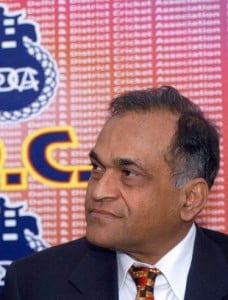
It’s not, for now any board can decide if they want the system used during their series. Some teams, players and officials have been for and against this system. India has been at the front and center for the debate with their outright hatred for it.
It’s quite an unreliable system but costing can be reduced by making it advertised and marketable. ICC and other Boards need to loosen the reigns on the rules of the game, the system should be usable throughout but only for questionable decisions. There should be some incentive against overuse by teams while the clarity rule needs to be updated.
This can only be updated by the constant implementation and recycling of old technology for new technology. If the UDRS since its inception had been consistently applied, an outright decision would have been made on it and new technology could have replaced it. By now then the game would have become much more suitable, fairer and greater for players and viewers to enjoy. Even now this can be rectified by trying to constantly find the best technology available for right prices and tested viability.
Maybe its just that the mistakes I saw during this series opened my eyes, now I will look forward to learning more about the vital technical aspect on the game. Making sure to post my thoughts that hopefully reach the masses and higher ups so as fair change can be implemented. In my opinion, the Boards need to work together to find a better solution and constantly reassess the UDRS.


